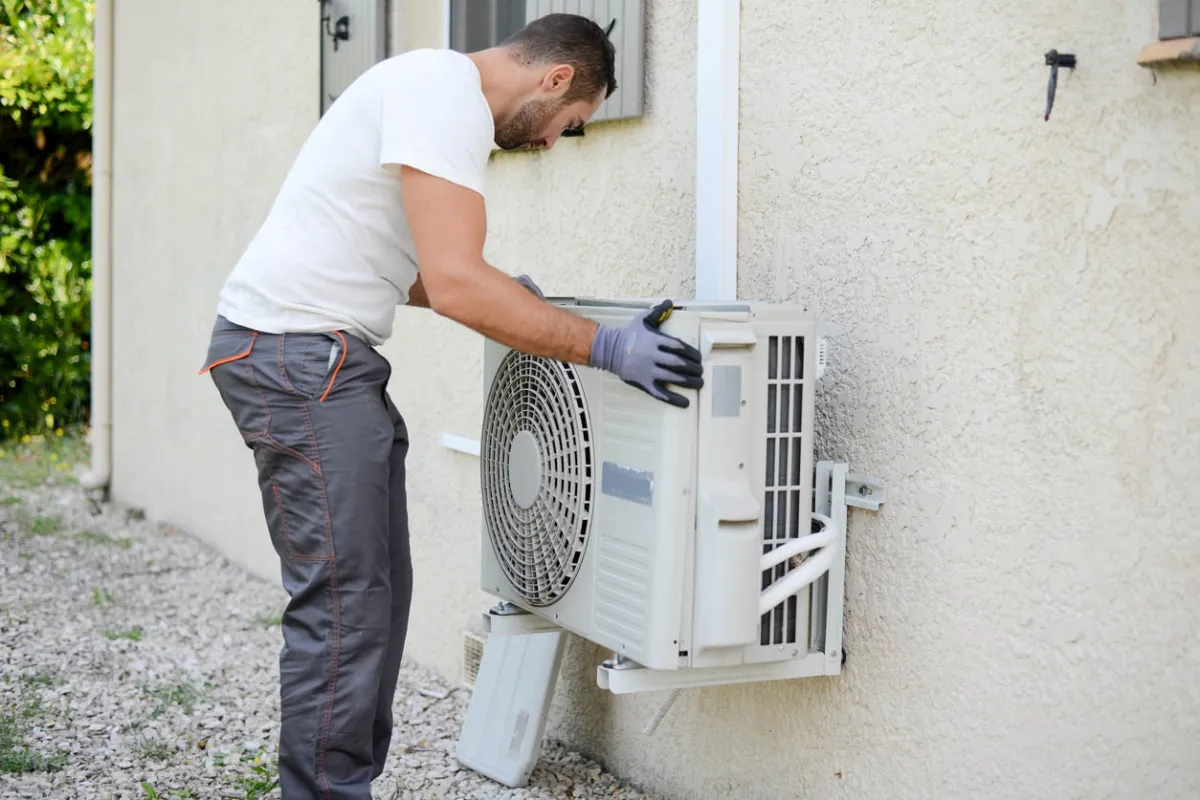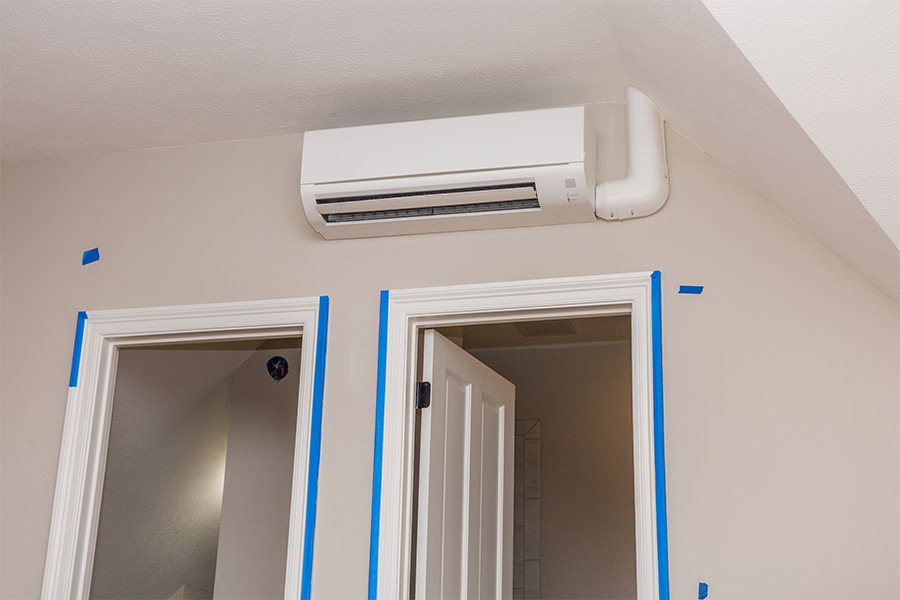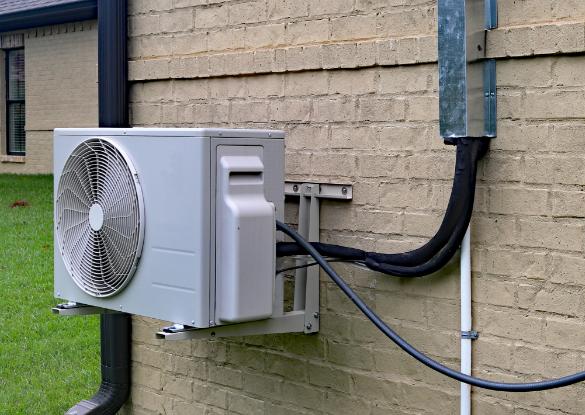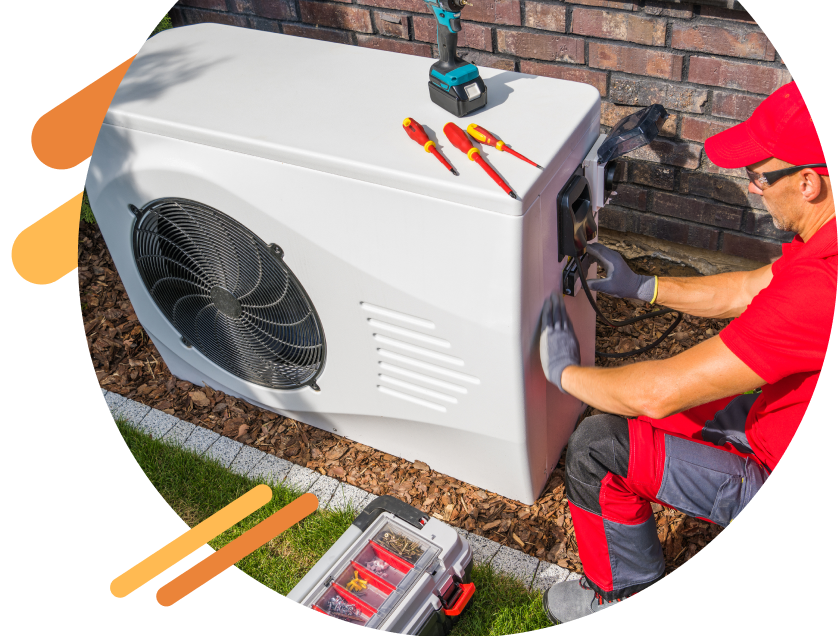Ductless Mini Split Installation Near Me
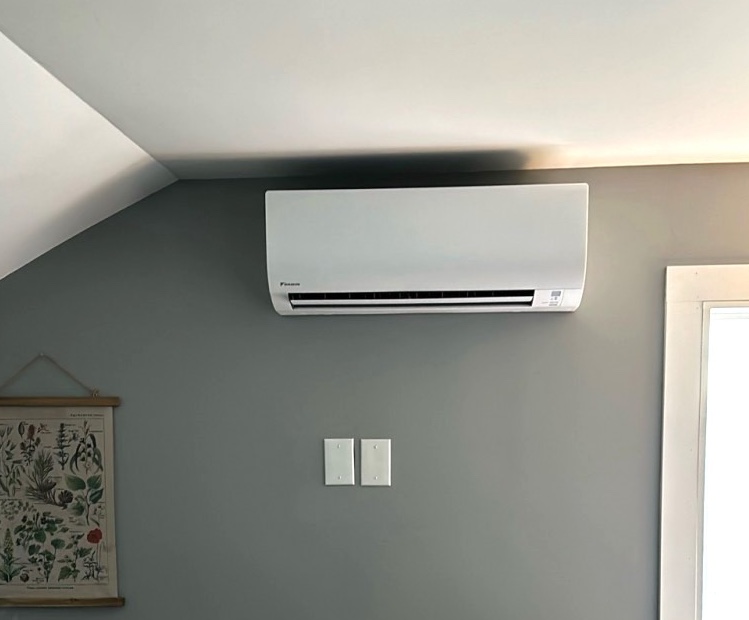
Finding reliable and professional ductless mini-split installation services near you is crucial for ensuring efficient and long-lasting performance of your new system. This guide provides comprehensive information to help you navigate the process, from understanding what ductless mini-splits are to selecting the right installer.
What is a Ductless Mini-Split?
A ductless mini-split system is a type of heating and cooling system that doesn't require ductwork. It's composed of two main components: an outdoor unit (compressor/condenser) and one or more indoor units (air handlers). These units are connected by refrigerant lines and electrical wiring, allowing for zoned heating and cooling.
Think of the refrigerant as the "blood" of the AC system, carrying heat from inside to outside (in cooling mode) or from outside to inside (in heating mode). The outdoor unit, much like the heart, pumps this refrigerant throughout the system.
Benefits of Ductless Mini-Splits
Ductless mini-splits offer numerous advantages over traditional heating and cooling systems:
- Energy Efficiency: They are generally more energy-efficient than central AC systems because they eliminate duct losses. Ductwork can leak air, leading to significant energy waste.
- Zoned Heating and Cooling: You can control the temperature in individual rooms or zones, saving energy by only heating or cooling the spaces you're using.
- Easy Installation: Installation is typically less invasive and faster compared to installing ductwork for a central AC system.
- Improved Air Quality: Since they don't use ducts, they avoid the problem of dust and allergens accumulating in the ductwork.
- Quiet Operation: Mini-split systems are known for their quiet operation, both indoors and outdoors.
- Flexibility: They can be installed in a variety of spaces, including homes without existing ductwork, additions, and sunrooms.
Finding a Reputable Installer "Near Me"
Locating a skilled and experienced installer is paramount to the successful operation of your ductless mini-split system. Here's a step-by-step approach:
1. Online Research
Start with a thorough online search. Use keywords like "ductless mini-split installation near me," "HVAC contractors [your city]," or "mini-split installers [your zip code]." Pay close attention to:
- Reviews and Ratings: Check online review platforms like Google Reviews, Yelp, and Angie's List. Look for consistent positive feedback regarding professionalism, quality of work, and customer service.
- Company Website: A professional website can reveal a lot about a company. Look for information about their experience, certifications, and services offered.
- Certifications and Licensing: Ensure the company is properly licensed and insured. Also, look for certifications like NATE (North American Technician Excellence), which indicates a high level of technical competence.
2. Ask for Recommendations
Word-of-mouth referrals are often the best. Ask friends, family, neighbors, and colleagues if they have any recommendations for HVAC contractors who specialize in ductless mini-split installations. A personal recommendation can provide valuable insight into the installer's reliability and workmanship.
3. Check for Experience
Experience is crucial when it comes to ductless mini-split installations. Ask potential installers how many mini-split systems they have installed. An experienced installer will be familiar with the nuances of different systems and can anticipate potential challenges.
4. Verify Licensing and Insurance
Always verify that the installer has the necessary licenses and insurance to operate in your area. This protects you in case of accidents or damages during the installation process. Ask for proof of insurance and check with your local licensing board to confirm their credentials.
5. Obtain Multiple Quotes
Get quotes from at least three different installers. This allows you to compare pricing and services offered. Don't automatically choose the lowest bidder. Consider the value offered, including the quality of the equipment, the installer's experience, and the warranty provided.
6. Ask Detailed Questions
Don't hesitate to ask potential installers detailed questions about their services. Here are some examples:
- What brands of mini-split systems do you install?
- Do you offer a warranty on your workmanship?
- How long will the installation process take?
- What permits are required for the installation?
- Will you handle the disposal of the old equipment?
- Can you provide references from previous customers?
Understanding the Installation Process
Knowing what to expect during the installation process can help you prepare and ensure a smooth experience. Here's a general overview:
1. Site Assessment
The installer will conduct a site assessment to determine the appropriate size and type of mini-split system for your needs. They will consider factors such as the size of the rooms, insulation levels, and window types.
2. Unit Placement
The installer will help you determine the optimal location for the indoor and outdoor units. The indoor unit should be placed in a location that provides good airflow and is aesthetically pleasing. The outdoor unit should be placed in a location that is accessible for maintenance and away from obstructions.
3. Mounting the Units
The installer will mount the indoor and outdoor units securely to the wall or ceiling. This may involve drilling holes and using specialized mounting brackets. Proper mounting is essential for ensuring the stability and longevity of the system.
4. Connecting the Refrigerant Lines and Electrical Wiring
The installer will connect the refrigerant lines and electrical wiring between the indoor and outdoor units. This requires specialized tools and expertise. Proper connections are crucial for ensuring the system operates efficiently and safely.
5. Vacuuming and Charging the Refrigerant Lines
The installer will vacuum the refrigerant lines to remove any air or moisture. This is essential for preventing corrosion and ensuring optimal performance. They will then charge the system with the correct amount of refrigerant.
6. Testing and Calibration
The installer will test the system to ensure it is operating correctly. They will check for leaks, verify airflow, and calibrate the thermostat. Proper testing and calibration are essential for ensuring the system provides consistent and reliable heating and cooling.
7. Final Walkthrough and Explanation
The installer will conduct a final walkthrough with you to explain how to operate the system and answer any questions you may have. They will also provide you with any necessary documentation, such as warranty information and operating instructions.
Cost Considerations
The cost of a ductless mini-split installation can vary depending on several factors:
- Size and Type of System: Larger systems with multiple indoor units will cost more than smaller single-zone systems.
- Brand and Model: Different brands and models have varying price points.
- Installation Complexity: More complex installations, such as those requiring extensive wiring or modifications to the building, will cost more.
- Labor Costs: Labor costs can vary depending on the installer's experience and location.
- Permits: Permit fees can add to the overall cost.
It's important to obtain detailed quotes from multiple installers to compare pricing and services offered. Be sure to ask about any potential hidden costs or fees. While price is a factor, remember that the quality of the installation is paramount for long-term performance and reliability.
Maintaining Your Ductless Mini-Split System
Proper maintenance is essential for extending the lifespan and optimizing the performance of your ductless mini-split system. Here are some basic maintenance tasks you can perform:
- Clean the Air Filters: Clean the air filters regularly (typically every month) to remove dust and debris. Clogged filters can reduce airflow and decrease efficiency.
- Clean the Outdoor Unit: Keep the outdoor unit free of debris, such as leaves, branches, and snow. This will ensure proper airflow and prevent overheating.
- Check the Refrigerant Lines: Inspect the refrigerant lines for leaks or damage. If you notice any problems, contact a qualified HVAC technician.
- Schedule Professional Maintenance: Schedule professional maintenance at least once a year. A technician can inspect the system, clean the coils, and check for any potential problems.
Conclusion
Investing in a ductless mini-split system can provide significant benefits in terms of energy efficiency, comfort, and flexibility. By following the steps outlined in this guide, you can find a reputable installer "near me" and ensure a successful installation. Remember to prioritize experience, licensing, and customer reviews when selecting an installer. Proper installation and maintenance are key to maximizing the performance and lifespan of your ductless mini-split system. By making informed decisions and working with qualified professionals, you can enjoy the many advantages of this innovative heating and cooling technology.
